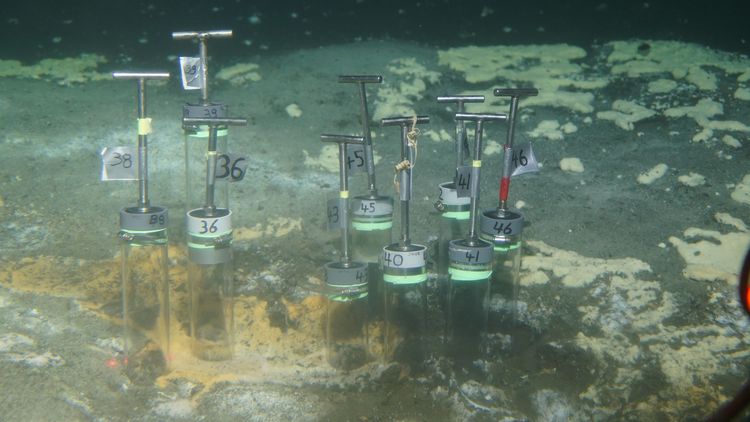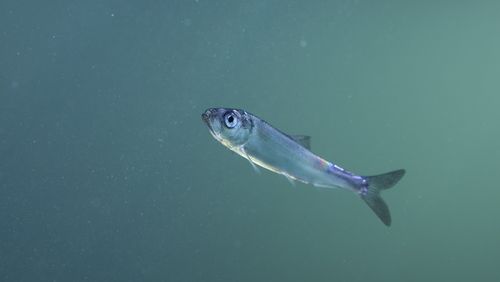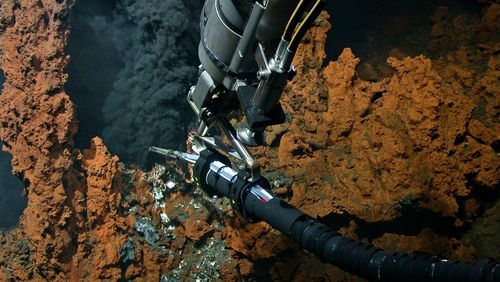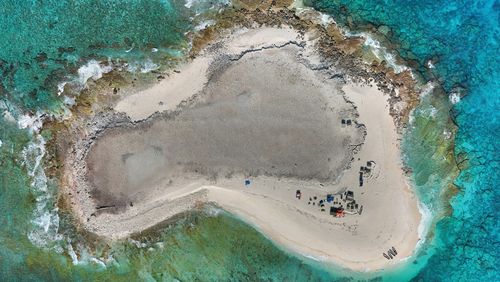What is the role of hydrothermal vents in the cycle of dissolved organic matter in the ocean? Researchers from the Universities of Bremen and Oldenburg have analysed samples from the Guaymas Basin in the Gulf of California.
The Guaymas Basin is an active tectonic basin with hydrothermal activity that is known for its natural oil discharge sites. Here, microorganisms use the seeping oil as a source of energy and nutrition and thereby fuel the carbon cycle. Because microorganisms preferentially break down water-soluble organic molecules, it is important to understand how hydrothermal processes mobilize DOM, for example, those from natural oil seeps. To date, the mechanisms underlying this mobilization have not been well characterized.
Analyses carried out by the team have revealed that the composition of the released water-soluble organic molecules, or DOM, is strongly influenced by the temperature of the hydrothermal systems and the composition of the petroleum.
Their results indicate that hydrothermal sediments are a source of bioavailable organic molecules – compounds that microorganisms can degrade relatively quickly. At the same time, they can also release more stable and complex DOM, including water-soluble petroleum compounds that may persist in the deep sea over millennia, according to the study. These findings, now published in the journal Limnology and Oceanography, suggest that these hydrothermal systems may influence not only on local ecosystems, but also broader regions of the deep sea. The authors therefore emphasize the need for more quantitative research on the contribution of hydrothermal sediments to the DOM cycle – not only in the deep sea but also in the context of the global marine carbon cycle. In addition, the Guaymas Basin could be a source for what is known as black carbon. These complex and persistent carbon compounds are resistant to rapid microbial degradation and their origin is still not fully understood.
Participants in the study from MARUM – Center for Marine Environmental Sciences at the University of Bremen included Dr Florence Schubotz, and first author Jonas Brünjes who is now at the University of Toronto (Canada), Dr Michael Seidel from the Institute for Chemistry and Biology of the Marine Environment (ICBM) at the University of Oldenburg, and Prof. Andreas Teske of the University of North Carolina (USA).
Deciphering the sources and sinks for dissolved organic matter and its quantitative significance in the marine carbon cycle is also an integral element within the Cluster of Excellence “Ocean Floor - Earth's Uncharted Interface”, within the framework of which the study was supported.
Source: MARUM – Center for Marine Environmental Sciences




